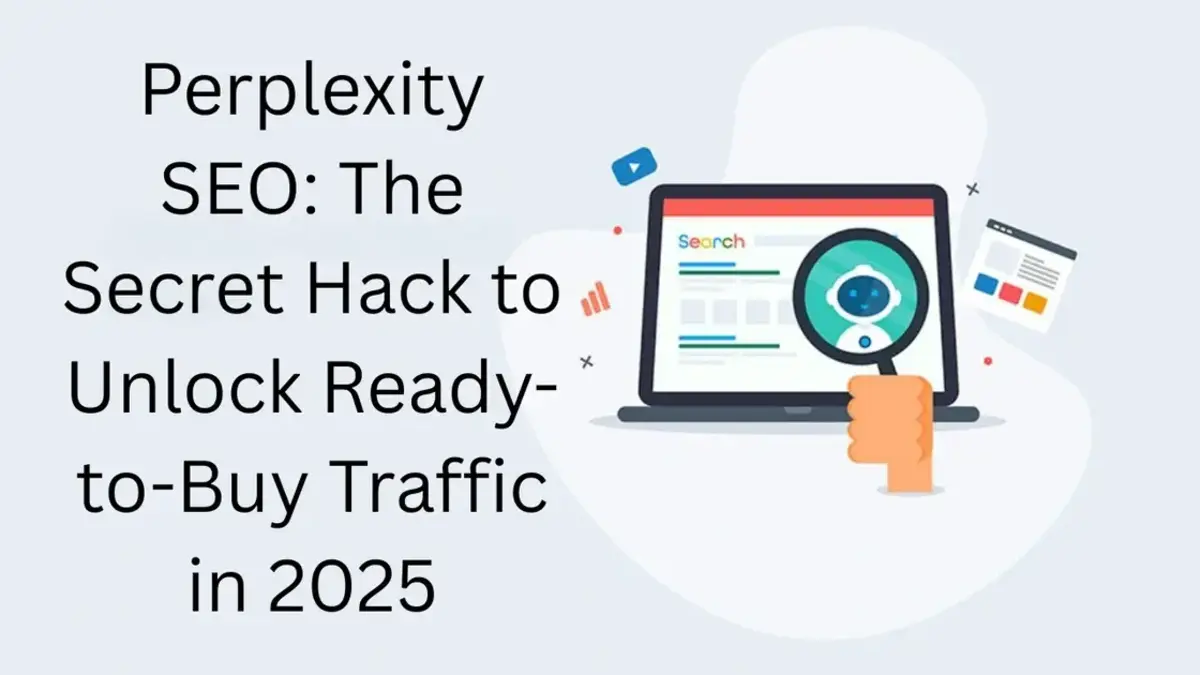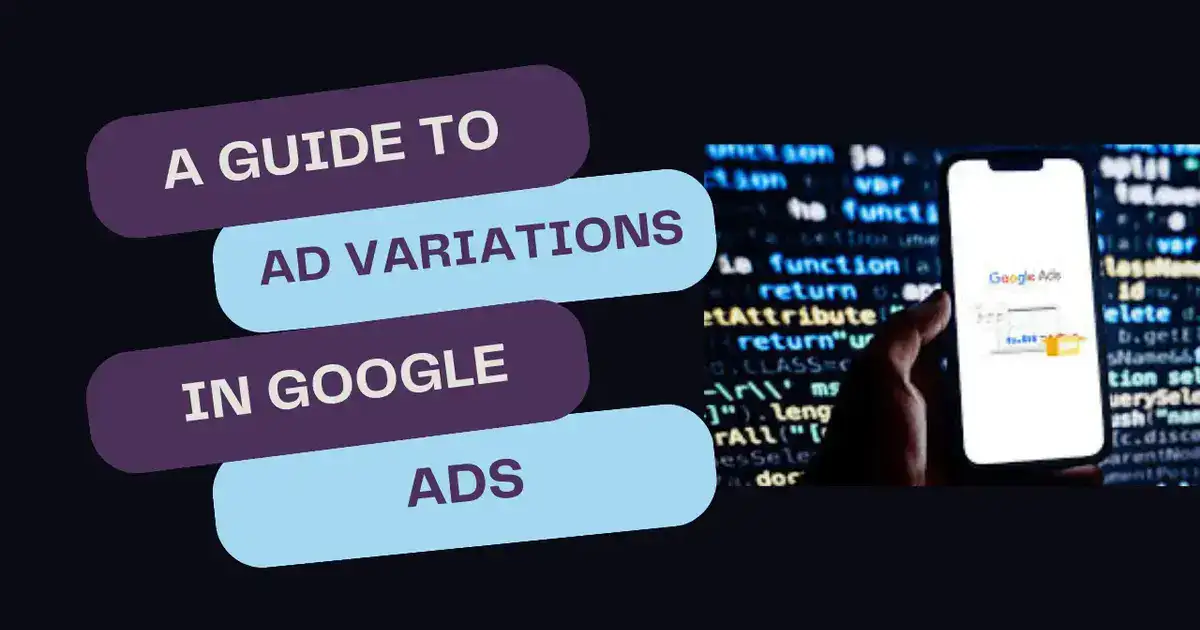Search engine optimization has always been about one thing: visibility. For years, businesses have relied on Google SEO to attract visitors, generate leads, and drive sales. But the digital landscape is shifting, and a new player has entered the scene—Perplexity AI.

With its real-time answers, source-backed responses, and research-focused features, Perplexity is transforming how users search for information and how brands can capture ready-to-buy traffic. This is where Perplexity SEO comes in—a new strategy to position your business in front of high-intent users who are already close to making a purchase decision.
In this article, we’ll explore what Perplexity SEO is, why it matters, and how you can use it to attract high-quality traffic that converts.
What is Perplexity AI?
Perplexity AI is an advanced AI-powered search and discovery platform founded in 2022. Unlike Google, which provides links to websites, Perplexity delivers direct answers with citations. It works more like an AI-powered research assistant, combining the capabilities of large language models (LLMs) with live web search.
Key Features of Perplexity AI:
- Real-time answers → Always updated with the latest web results.
- Citations included → Every answer shows trusted sources.
- Multi-model integration → Users can switch between GPT-4, Claude, Gemini, and other models.
- Deep Research mode → Creates detailed, multi-source reports.
- Shopping & finance hubs → Emerging verticals tailored to buyer needs.
What is Perplexity SEO?
Perplexity SEO is the process of optimizing your content to appear in Perplexity’s answers, citations, and recommendations. Unlike traditional SEO, which focuses on Google rankings, Perplexity SEO emphasizes:
- Factual accuracy
- Source credibility
- Buyer-focused content
- Updated, evergreen information
Because Perplexity cites its sources, businesses can gain visibility and trust simultaneously. If your content is chosen as a citation in an answer like “Best laptops under $1,000 in 2025”, your brand is presented to a user who is already ready to buy.
Why Perplexity SEO is the Future of Ready-to-Buy Traffic
Most businesses optimize for traffic, but not all traffic is equal. A random Google visitor may only be browsing, while a Perplexity user is usually searching with purchase intent.
Why Perplexity users are closer to buying:
- Decision-based queries
Users ask specific questions like:- “Best budget smartphones in 2025?”
- “Which electric car has the longest range?”
- “Top project management tools for small businesses.”
- Built-in trust
Because answers show citations, users can instantly verify the credibility of recommendations. - Time efficiency
Instead of scanning multiple Google pages, buyers get a clear, summarized answer. This speeds up purchase decisions.
Perplexity SEO vs Google SEO
| Factor | Google SEO | Perplexity SEO |
|---|---|---|
| Primary Goal | Ranking in SERPs | Being cited in answers |
| Traffic Intent | Mixed (informational, navigational, transactional) | High-intent, purchase-ready |
| Competition | Very high | Low (emerging space) |
| Trust Signals | Authority sites, backlinks | Transparent citations in answers |
| Content Style | Keyword-optimized, long-form | Factual, source-driven, structured |
| Best For | Brand awareness & organic reach | Conversion-focused visibility |
How to Optimize for Perplexity SEO
To succeed with Perplexity SEO, you’ll need to adapt your content strategy. Here are the most effective methods:
1. Publish Source-Rich Content
Perplexity rewards articles with facts, statistics, and references. Always back your claims with credible sources, and link out to authoritative sites.
Example:
Instead of writing: “Electric cars are becoming popular in 2025.”
Write: “According to the International Energy Agency (IEA), electric car sales grew by 35% in 2024, with projections showing continued momentum in 2025.”
2. Focus on Buyer Guides & Comparisons
Perplexity thrives on queries like “best,” “top,” and “vs.” Create:
- Product comparisons (e.g., “iPhone 16 vs Samsung Galaxy S26”)
- “Best of” lists (e.g., “Top 10 laptops for gaming in 2025”)
- Buying guides (e.g., “How to choose a home security camera”)
3. Build Topical Authority
Cover a niche thoroughly. If you’re in the fitness space, don’t just write one blog on “Best treadmills.” Create a content cluster that includes:
- Treadmill comparisons
- Elliptical vs treadmill
- Best treadmill workouts
- Maintenance guides
The more complete your coverage, the more likely Perplexity will cite you.
4. Use Clear Formatting
Perplexity AI extracts structured information. Use:
- H2 and H3 headings
- Bullet points
- Tables
- FAQs
This makes your content more “AI-readable.”
5. Keep Content Fresh
Since Perplexity relies on real-time results, outdated content won’t rank well. Regularly update posts with the latest data, pricing, and product launches.
Examples of Perplexity-Optimized Content
Here are some examples of content that works well in Perplexity SEO:
- “Best electric bikes under $2,000 in 2025” → Perfect for ready-to-buy users.
- “Top 5 accounting tools for freelancers” → B2B niche targeting decision-makers.
- “iPhone 16 vs Galaxy S26: Which should you buy?” → Directly matches comparison-style queries.
Case Study: How a Brand Could Use Perplexity SEO
Imagine a company selling eco-friendly home products. They publish a blog titled:
“Top 10 Eco-Friendly Cleaning Products for 2025”
- Each product is fact-checked and cited from sources like consumer reports.
- Prices and availability are updated monthly.
- FAQs cover common buyer concerns.
When a Perplexity user asks: “What are the best eco-friendly cleaning products this year?”, the brand’s blog may be cited. This positions them as a trusted source and drives ready-to-buy clicks.
Benefits of Perplexity SEO
- High-quality traffic → Users are actively comparing and deciding.
- Less competition → SEO is still underdeveloped in Perplexity.
- Authority building → Being cited builds trust and credibility.
- Faster conversions → Buyers skip research steps and move to purchase faster.
Challenges of Perplexity SEO
- New and evolving → No established playbook yet.
- Limited analytics → Tracking Perplexity traffic is harder than Google.
- Still niche → User base smaller compared to Google, but growing fast.
The Future of Perplexity SEO
As more users shift to AI-powered search, Perplexity is positioned to become a go-to platform for research and purchase decisions. For businesses, this means:
- Early adopters gain a first-mover advantage.
- Traditional keyword stuffing won’t work; source credibility wins.
- Perplexity could rival Google for ready-to-buy searches within a few years.
FAQs on Perplexity SEO
No. Google SEO still dominates for awareness and discovery. Perplexity SEO is best for purchase-ready searches.
Currently, analytics are limited, but you can monitor referral traffic, citations, and brand mentions to gauge impact.
Yes, but less directly than Google. Backlinks from authoritative sites strengthen your credibility, which improves chances of being cited.
Buyer guides
Comparisons
Product reviews
Fact-based articles
Absolutely. Since competition is low, small businesses can get noticed faster compared to competing on Google alone.
Final Thoughts
Perplexity SEO is not just another trend—it’s the evolution of how buyers search.
Instead of fighting for Google rankings in a crowded space, brands can now position themselves as trusted citations in Perplexity answers. This drives ready-to-buy traffic directly to their site, reducing wasted clicks and boosting conversions.
If you want to future-proof your digital strategy, start creating source-backed, buyer-focused content today. Early adoption of Perplexity SEO can give your business the edge you need in 2025 and beyond.



